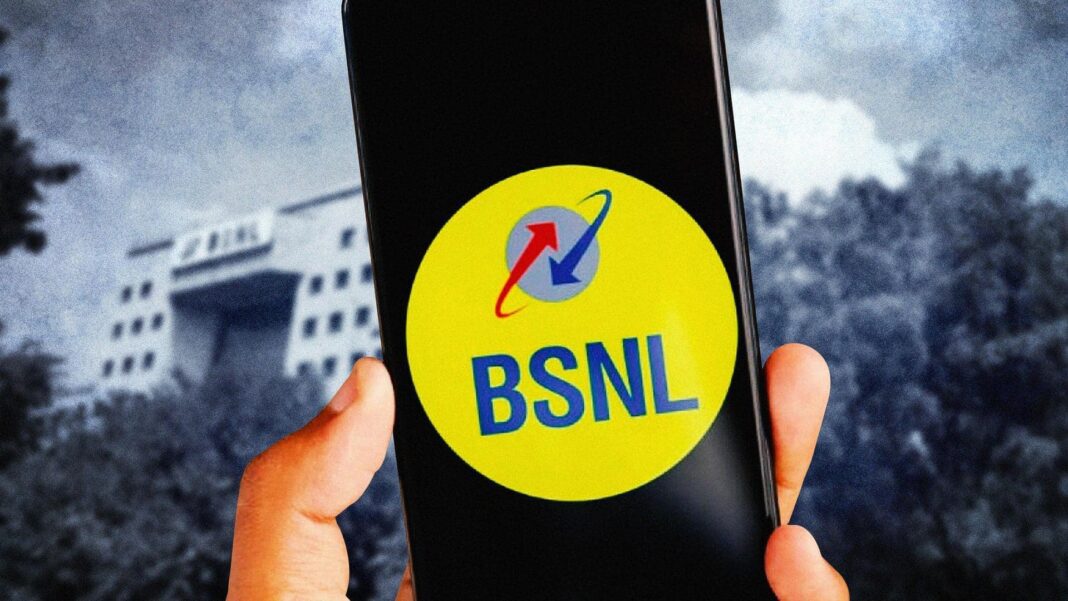The telecom veteran BSNL Q2 loss has captured industry attention. In the quarter ending September 2025 (Q2 FY26), Bharat Sanchar Nigam Ltd (BSNL) reported a net loss of ₹1,357 crore, continuing its struggle despite rising revenues.
Key Numbers & Highlights
- Net loss in Q2 was ₹1,357 crore, wider than the loss of ₹1,048 crore in Q1 and higher than ~₹1,241.7 crore in Q2 FY25.
- Revenue from operations rose to ₹5,166.7 crore, up ~2.8% sequentially and ~6.6% year-on-year.
- Depreciation & amortisation jumped to ₹2,477 crore, up ~57% year-on-year and ~14.5% sequentially.
- Mobile subscriber base stood at ~92.3 million as of end-September.
Why the Loss? – Key Drivers
• Heavy Depreciation & Amortisation
BSNL’s network upgrade efforts—especially rollout of 4G and capex expansion—have increased non-cash depreciation charges significantly. This has weighed on profitability despite revenue improvements. mint+1
• Rising Finance & Operating Costs
Network operating expenses, finance costs and general overheads have also grown, contributing to the widened loss.
• Investment Phase in 4G Rollout
BSNL’s push into 4G (including towers, equipment) means higher upfront spending before returns fully materialise. As Minister Jyotiraditya Scindia noted, for FY25 capex was ~₹25,000 crore and the non-cash hit (via depreciation) is large. mint
Business Context & Strategic Implications
- Although BSNL saw modest revenue growth, its loss trajectory highlights that mere subscriber/income growth is not enough when cost and asset burdens are heavy.
- With private rivals (like Reliance Jio, Bharti Airtel, Vodafone Idea) operating at strong scale and advancing 5G/4G, BSNL must sustain investment without letting losses spiral further.
- BSNL has set a target of ~₹27,500 crore revenue for FY26 (up from ~₹23,000 crore in FY25) — which implies ~20% growth.
- The pressure is on for operational efficiency, monetisation of newer services (4G, enterprise, broadband) and cost control.
What to Watch Going Forward
- ARPU (Average Revenue Per User): BSNL reported ARPU increasing from ~₹81 to ~₹91 sequentially. This metric will be key for profitability improvement. mint
- Capex and Depreciation Run-rate: Whether new assets become revenue-generating soon enough to counter high depreciation.
- Subscriber Growth & Churn: Can BSNL defend/grow its ~92 million subscriber base and move users to higher value services (4G/enterprise)?
- Competition & Pricing Pressure: With private players aggressive, BSNL must differentiate via coverage, cost or services.
- Government Support or Policy Intervention: Being a state-run operator, regulatory or fiscal relief could matter to ease its financial burden.
##10. Final Thoughts
The BSNL Q2 loss underlines the challenge for a legacy operator trying to modernise and compete in a capital-intensive, high-speed telecom environment. While revenue uptick is a positive sign, the scale of investment and depreciation means turning profitable will require sustained execution, cost discipline and strategic clarity.



